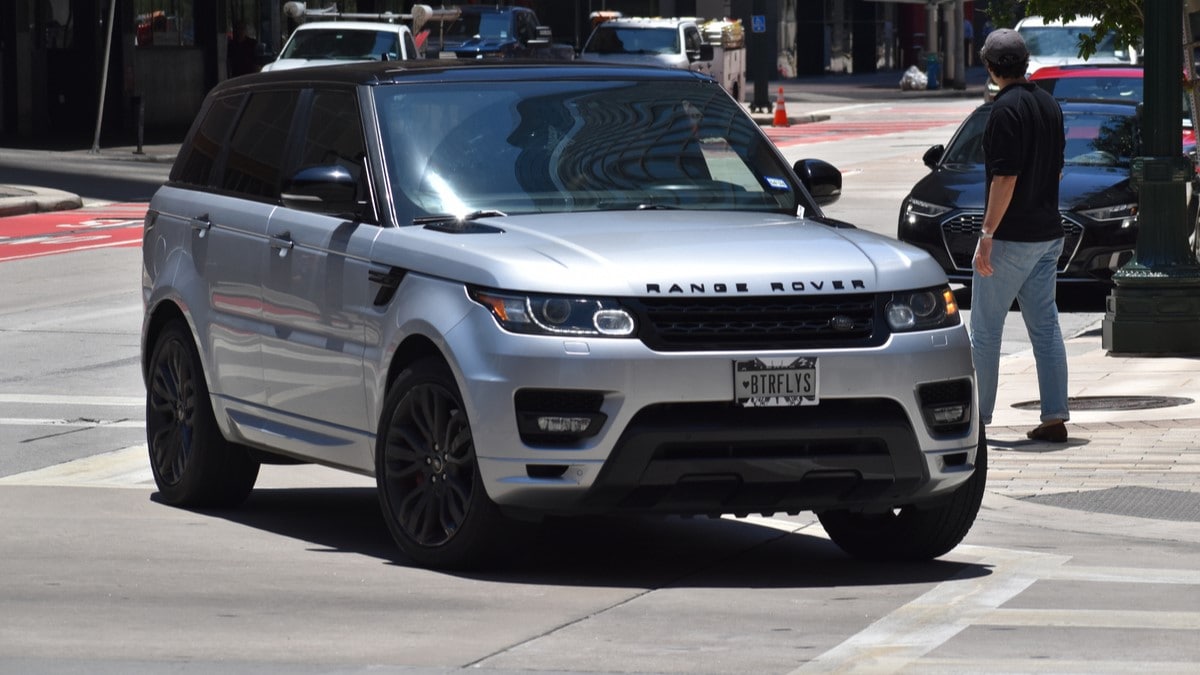The taller a vehicle is, the more likely it is to inflict serious injuries on pedestrians. That’s the conclusion of a new insurance industry study.
It joins a growing body of research driving a push for new safety rules for tall trucks and SUVs.
The study comes from the Insurance Institute for Highway Safety (IIHS), a safety lab and research group funded by a group of auto insurers.
Taller Vehicles Push You Down, Lower Ones Up
IIHS researchers “analyzed pedestrian crashes to develop injury risk curves showing how speed affects crash outcomes,” the group says. They “found that the effect of crash speed on injury risk was magnified for vehicles with taller front ends. Compared with risk curves developed using crash data from Europe, where tall passenger vehicles are less common, risk curves for the United States show pedestrians here begin to suffer more serious injuries at lower speeds.”
Earlier IIHS research found that taller SUVs and pickups are more likely to hit and kill pedestrians, especially when turning.
A recent Consumer Reports study found that the hoods of full-size trucks and SUVs today are 24% taller than they were in 2000. That growth has left the average full-size truck or SUV with a “front blind spot” — an area where the driver can’t see what’s in front of the vehicle — on average 11 feet longer than the average sedan.
Lower vehicles tend to throw pedestrians up when hitting them, bouncing them off a car’s hood or windshield. Taller vehicles can send pedestrians down, where they can be run over.
If We Can’t Shrink Cars, We Could Lower Speed Limits
The average crash the IIHS studied happened at 27 mph. At that speed, researchers found, “a median-height car had a 60% chance of causing moderate injuries to a pedestrian and a 30% chance of causing serious injuries. In comparison, a median-height pickup — with a front end 13 inches higher than that of a median car — had an 83% chance of causing moderate injuries and a 62% chance of causing serious injuries.”
In contrast, the IIHS says, vehicle weight makes little difference to pedestrian injuries “since any vehicle, even a small car, vastly outweighs a person.”
“A small increase in crash speed can really ramp up the danger to a pedestrian,” says IIHS President David Harkey. “Our fondness for tall SUVs and pickups in the U.S. has intensified that effect.”
Policymakers have proposed several solutions in recent years. An effort to restrict the height of new vehicles seems to have stalled in Congress. But the National Highway Traffic Safety Administration (NHTSA), the federal agency charged with car safety, recently proposed its first crash test involving a pedestrian dummy.
The IIHS, meanwhile, sees one solution that could help even if car design doesn’t change. The organization suggests that “the 25 mph speed limit commonly used in residential neighborhoods in the U.S. may be too high for bustling city centers or other areas with large numbers of pedestrians.”








